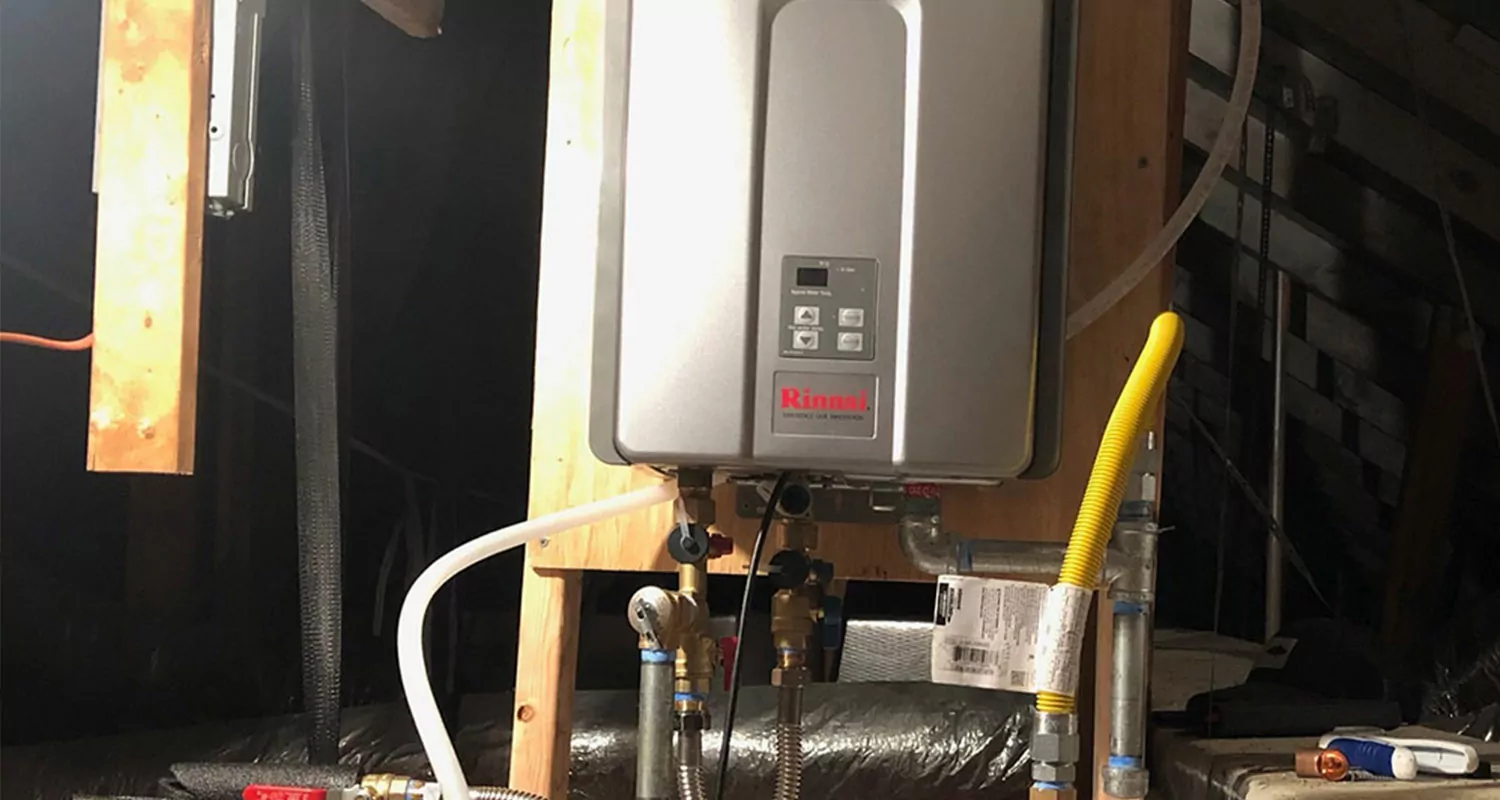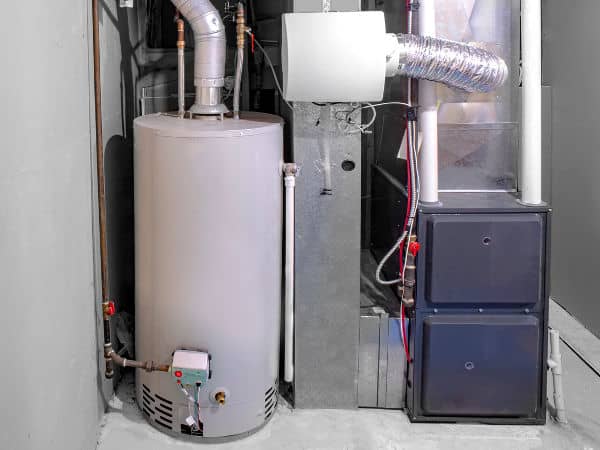Best Practices for Maintaining Your Home's Hot Water System
Best Practices for Maintaining Your Home's Hot Water System
Blog Article
The author is making several good observations on Tips For Maintaining Your Hot Water Heater as a whole in this great article down below.

Warm water is vital for day-to-day comfort, whether it's for a refreshing shower or washing meals. To guarantee your hot water system runs efficiently and lasts much longer, regular upkeep is key. This write-up offers sensible suggestions and understandings on exactly how to keep your home's warm water system to prevent disturbances and costly repair services.
Intro
Maintaining your home's hot water system may appear daunting, however with a couple of straightforward steps, you can ensure it runs efficiently for years to come. This guide covers everything from comprehending your hot water system to DIY upkeep tips and understanding when to call in expert aid.
Importance of Preserving Your Warm Water System
Regular upkeep not just extends the life expectancy of your warm water system but also ensures it operates effectively. Ignoring maintenance can cause decreased efficiency, greater energy bills, and even premature failure of the system.
Indications Your Warm Water System Demands Upkeep
Recognizing when your warm water system requires focus can protect against significant concerns. Keep an eye out for indicators such as irregular water temperature level, weird sounds from the heating system, or corroded water.
Purging the Hot Water Heater
Purging your hot water heater gets rid of debris build-up, boosting efficiency and extending its life.
Monitoring and Changing Anode Rods
Anode poles protect against corrosion inside the tank. Examining and replacing them when worn out is important.
Complicated Problems Calling For Specialist Aid
Instances consist of significant leakages, electric issues, or if your water heater is regularly underperforming.
Routine Professional Upkeep Perks
Expert maintenance can include thorough examinations, tune-ups, and guaranteeing compliance with safety criteria.
Checking and Adjusting Temperature Level Setups
Changing the temperature setups makes sure optimal efficiency and safety and security.
DIY Tips for Maintenance
You can execute a number of maintenance jobs on your own to keep your warm water system in top problem.
Checking for Leaks
Consistently examine pipelines and links for leaks, as these can bring about water damage and higher costs.
Comprehending Your Warm Water System
Prior to diving into upkeep tasks, it's helpful to recognize the fundamental parts of your hot water system. Typically, this consists of the water heater itself, pipelines, anode rods, and temperature level controls.
Regular Monthly Maintenance Tasks
Routine monthly checks can aid catch small issues prior to they escalate.
Examining Pressure Alleviation Valves
Evaluating the stress relief valve guarantees it functions appropriately and avoids too much pressure build-up.
Insulating Pipelines
Insulating hot water pipelines decreases warmth loss and can save power.
When to Call a Specialist
While DIY maintenance is valuable, some problems call for expert knowledge.
Verdict
Regular maintenance of your home's warm water system is essential for performance, longevity, and expense financial savings. By adhering to these tips and knowing when to seek expert aid, you can make certain a trusted supply of warm water without unanticipated interruptions.
How to Maintain an Instant Hot Water Heater
Before tinkering with your hot water heater, make sure that it’s not powered on. You also have to turn off the main circuit breaker and shut off the main gas line to prevent accidents. Also turn off the water valves connected to your unit to prevent water from flowing into and out of the appliance. 2. When you’re done, you have to detach the purge valves’ caps. These look like the letter “T†and are situated on either side of the water valves. Doing so will release any pressure that has accumulated inside the valves while at the same time avoid hot water from shooting out and burning your skin. 3. When the purge valves’ caps are removed, you have to connect your hosing lines to the valves. Your unit should have come with three hoses but if it didn’t, you can purchase these things from any hardware or home repair shops. You can also get them from retail stores that sell water heating systems. Read the user’s manual and follow it to complete this task properly. When the hosing lines are connected, open the purge port’s valves. 4. You should never use harsh chemical cleaners or solutions when cleaning your unit. Make use of white vinegar instead. It should be undiluted and you’ll probably use about 2 gallons. 5. Now flush your water heater. This task should probably take about 40 minutes. We can’t give you specific directions for this because the procedure is carried out depending on the type, model and brand of your heater. With that being said, refer to the user’s manual. 6. When you’re done draining the unit, you have to turn off the purge port valves again. Remove the hosing lines that you earlier installed on each of the water valves. Put the valve caps (purge port) back in their respective places and be very careful so as not to damage the rubber discs that are found inside these caps. 7. Now that everything’s back in place, check your user’s manual again to find out how to reactivate your water heating system. 8. Once it is working, turn one of your hot water faucets on just to let air pass through the heater’s water supply pipes. Leave the tap on until water flows smoothly out of it. https://www.orrplumbing.com/blog/2014/september/how-to-maintain-an-instant-hot-water-heater/

I hope you liked our article on Tips For Maintaining Your Hot Water Heater. Thanks a lot for finding the time to browse our content. Don't hesitate to take the opportunity to share this page if you appreciated it. We treasure your readership.
Visit Page Report this page